Complaints
We are committed to reducing the risk of online content that may cause harm to New Zealanders.
The complaints process was established to address concerns regarding potential breaches of The Code by its Signatories, focusing particularly on online safety, bullying, harassment, hate speech and harmful content.
The Complaints Policy details the types of complaints that can be investigated. It includes the aim and scope of the complaints process and the role of the Oversight Committee.
HOW TO SUBMIT A COMPLAINT
Does your complaint relate to an individual item content? If so, please use the Signatories’ reporting mechanisms.
If you would like to report a breach of the Aotearoa New Zealand Code of Practice for Online Safety and Harms, please complete this form.
Before lodging your complaint, please ensure you’re eligible, nominate the Signatory and specific breach, providing relevant correspondence and documentation. Please complete all sections of the form including the declaration that all information you have provided is true and correct.
YouTube
To report inappropriate videos, channels and other content on YouTube, users should follow the relevant instructions for their device at: https://support.google.com/youtube/answer/2802027?hl=en&ref_topic=9387085&sjid=7011111297249166280-AP.
Instructions to make a privacy complaint or report a legal issue can be found at https://support.google.com/youtube/answer/2802057?hl=en&ref_topic=9387085&sjid=7011111297249166280-AP.
Users may report content in-app by following the instructions in the Facebook Help Centre or the Instagram Help Centre.
To report potentially violative content, including videos that may contain harmful misinformation, TikTok users can:
1. Go to the video they wish to report.
2. Press and hold on the video.
3. Select Report and follow the instructions provided.
Users can also use this online form to report content on TikTok.
You can report Tweets, Lists, and Direct Messages that are in violation of the Twitter Rules or Twitter’s Terms of Service. Examples of violations you can report are Tweets, Lists, and Direct Messages for containing abusive or harmful content, spam, impersonation, copyright, or trademark violations.
To report a Tweet:
1. Navigate to the Tweet you’d like to report.
2. Tap the 3 dots icon located at the top of the Tweet.
3. Select Report Tweet.
To report a list:
1. Lists can be reported from the detail page of a List, or from the Notifications tab.
2. Navigate to the List you’d like to report.
3. Tap the 3 dots icon at the top of the List.
4. Select Report List.
For more information, including on how to report direct messages, please visit https://help.twitter.com/en/safety-and-security/report-a-tweet.
There are a number of ways to submit a report on Twitch. Reporting is safe and anonymous, and every report is sent to a member of Twitch’s moderation team for review. You can find more information here, including a list of helpful tips and best practices.
• When on desktop, you can report a channel by clicking on the 3 Vertical Dots at the bottom right of your screen, below the video player. On mobile devices, tap the 3 Horizontal Dots at the top right corner of your screen, and click ‘report.’
• To report another user in chat, on desktop, click on the user’s name in the chat. Next, click the 3 Vertical Dots at the bottom right of your screen, and select ‘report.’ If you’re on a mobile device, tap on the username in the chat column, then select ‘report.’
• To report a whisper, on desktop, click the cog wheel icon located in the top right of your Whisper window. Then, click ‘report.’ To report on mobile, click the cog wheel icon next to the username, then select ‘report.’
Report harmful content
Here are some other organisations who can help you.
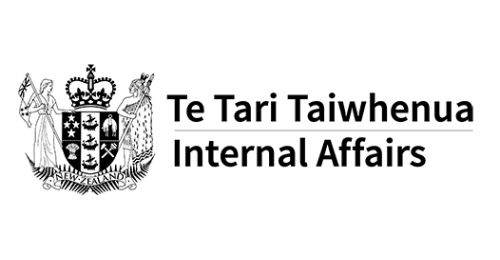
Department of Internal Affairs
The Department of Internal Affairs investigates complaints, enforces compliance with labelling requirements, seizes objectionable material and monitors websites. Report harmful content here.
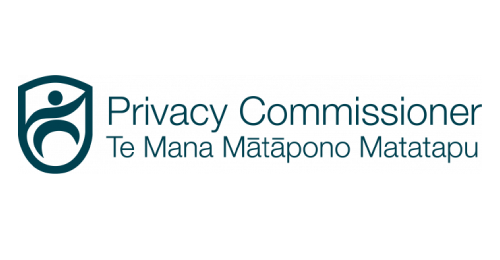
Privacy Commisioner
The Privacy Commissioner’s role is to decide if there’s been a breach of the Privacy Act and help both the groups come to a decision. If you haven’t been able to work out your privacy issue with the business or organisation you complained to, then you can complain to the Privacy Commissioner. Make a complaint to the Privacy Commissioner here.
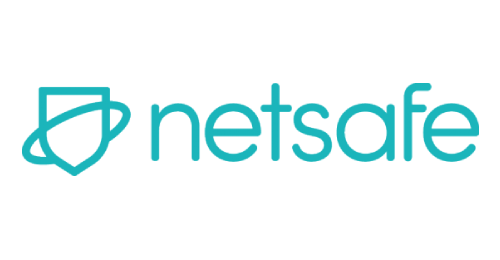
Netsafe
Netsafe helps people and schools in New Zealand experiencing harmful content online. Their service is free and confidential and they provide specialist online incident advice. Report harmful content here.
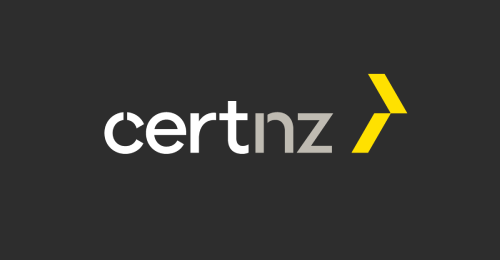
CERT NZ
CERT NZ works to support businesses, organisations and individuals who are affected (or may be affected) by cyber security incidents. They provide trusted and authoritative information and advice, while also collating a profile of the threat landscape in New Zealand. You can their our online tool to report any cyber security issue you are experiencing – they’ll help you identify it and let you know what the next steps are to resolve it. Report an issue here.
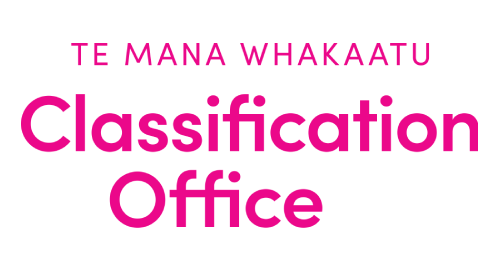
Classification Office
The Classification Office helps people in Aotearoa make decisions about what to watch, play and read. They don’t exist to suppress voices but instead, when necessary, reduce harm. The Classification Act guides them on their journey, walking this fine line. If you have a question about classification, or you’re concerned about a rating you’ve seen, contact the Classification Office here.

New Zealand Police
Police have the power to seize publications and investigate illegal activity, including activities involving the sexual exploitation of children and sharing illegal content. Contact Police here.
FAQs
What is The Code?
The Aotearoa New Zealand Code of Practice for Online Safety and Harms aims to reduce the risk of online content that may cause harm to New Zealanders. The Code unites tech firms to help ensure positive online experiences for all New Zealanders. Signatories include Meta, Google, TikTok, Twitch and X (formerly Twitter).
The Code addresses key areas including bullying, child safety, disinformation, harassment, hate speech and misinformation with a mechanism for lodging complaints against breaches. Signatories pledge to uphold these standards, collaborating with authorities as needed.
What happens if a Signatory breaches the code?
The Oversight Committee will determine a resolution based on the breach’s severity. This may include an investigation, public statements or a Signatories removal from The Code. The goal is to address complaints positively, improving internet users’ experiences in Aotearoa New Zealand.
Why can’t complaints be made about specific content?
The Code is focused on enhancing transparency and measures regarding bullying, child safety, disinformation, harassment, hate speech and misinformation in Aotearoa New Zealand. Complaints about specific content should be directed to the Signatory’s reporting mechanisms. The Code mandates all Signatories to have such mechanisms.
How do you address conflicts of interest?
To manage conflicts, Signatories cannot vote on complaints concerning themselves and are excluded from processes involving these complaints.
How will transparency reports be reviewed independently?
The Independent Reviewer verifies claims in each Signatory’s report, ensuring compliance and accessibility for New Zealand internet users. If issues arise, the Oversight Committee and Signatories are informed, allowing corrections or dispute explanations to be published.




